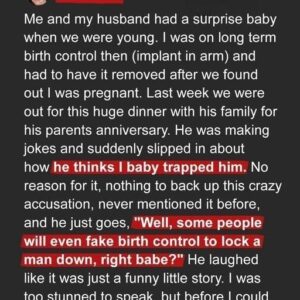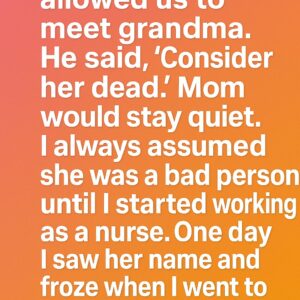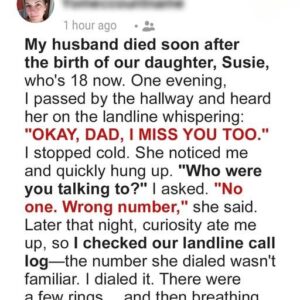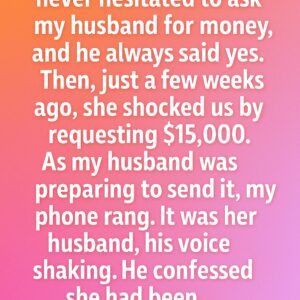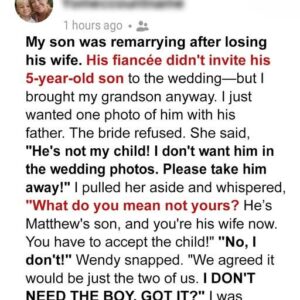Jane and I had been married for eight years, but for seven of them, she refused to even consider buying a house.
We had the savings, good credit, and stability to make it happen, yet every time I brought it up,
she would quietly say, “It’s not the right time.” At first, I assumed it was about finances or timing,
but as the years passed, I sensed there was something deeper she wasn’t ready to share.
When I finally found the perfect house and suggested we just go see it,
Jane’s reaction wasn’t annoyance — it was fear.
One night, after I canceled the showing, Jane finally opened up.
She told me about her childhood, where her mother used their family home to control her every move.
The house had been a symbol of confinement, a place where her dreams were dismissed and her independence was stifled
. For Jane, buying a home didn’t represent freedom or stability — it felt like returning to that same trap.
As she spoke, I realized this wasn’t about a house at all, but about painful memories she had been carrying for years.
With time, patience, and therapy, Jane began to heal.
Slowly, she started talking about what a home could mean for us — a place filled with peace, laughter, and love,
free from the shadows of her past.
One evening, she surprised me by showing me a listing for a small,
sunlit house with a little garden.
It wasn’t fancy, but it was ours to shape.
This time, she smiled and said, “What if we just go see it?”
A year later, we moved into that house.
Together, we painted the walls, chose colors she loved,
and filled the rooms with our memories.
In the sunniest corner, Jane placed a single plant she named “Freedom.”
For the first time, home wasn’t a place of control or fear.
It was a sanctuary — a space where she could breathe, grow, and finally feel at peace.
